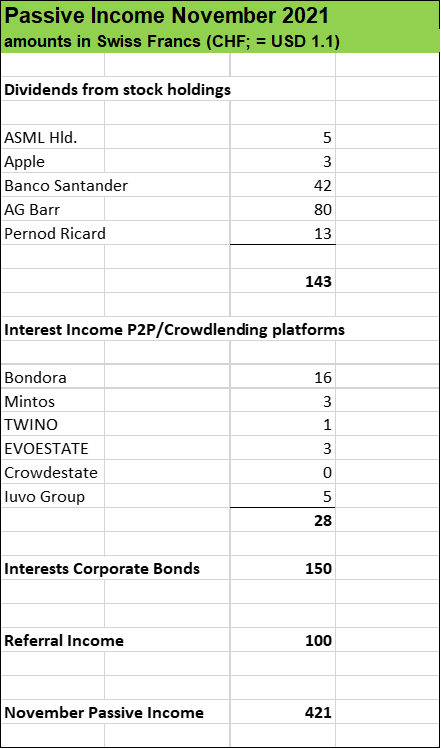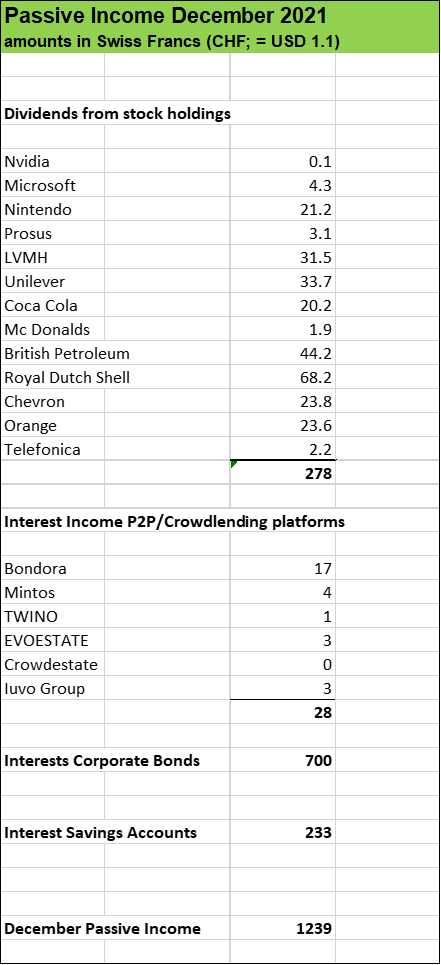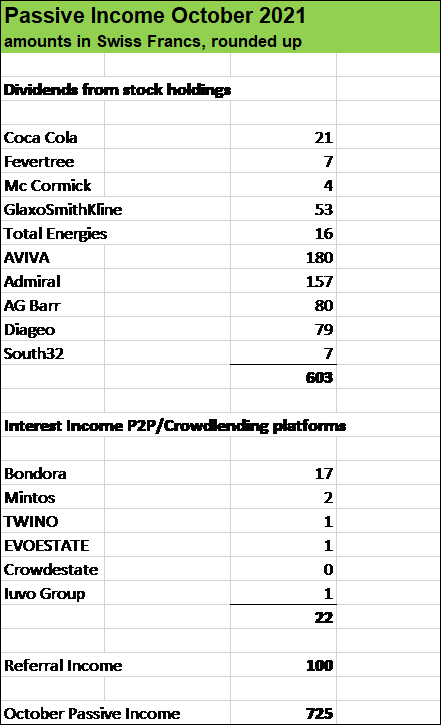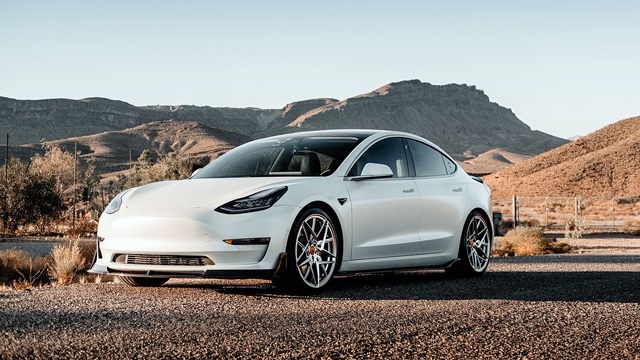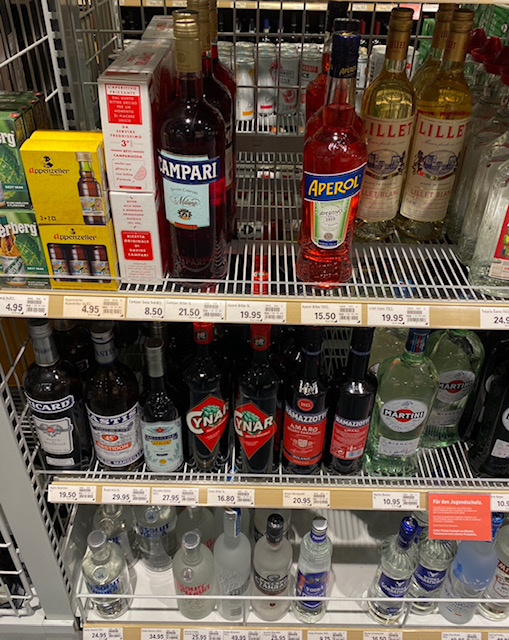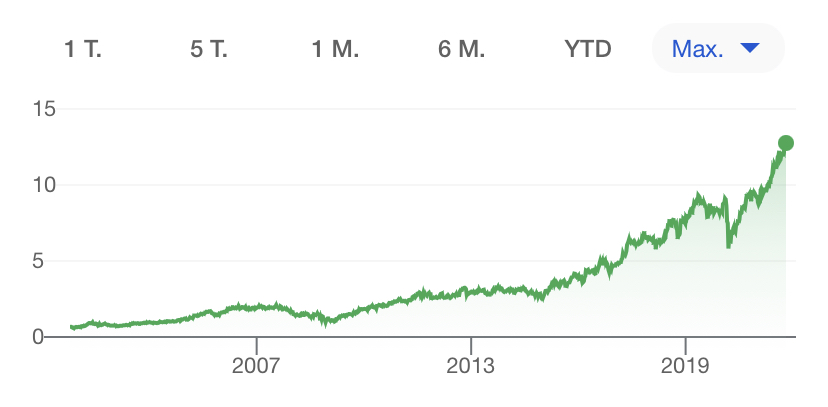This is a guest post.
Shiv Nanda is a financial analyst who currently lives in Bangalore and works with MoneyTap, India’s first app-based credit-line. See the Author Bio below the article.
Bridging gender gaps is not enough. Women must also bridge the gap between a secure future and a lack of financial planning. Financial planning for women is like having a parachute to plunge into life! Being involved with personal financial planning allows women to have sufficient funds for emergencies, have financial backup when taking a career break, and be secure enough to meet their retirement plans.
Financial planning is no rocket science but reading the suitable material and the proper guidance will give you a heads up. Consider this the ultimate personal financial planning guide for women, allowing you to splurge yet save!
- Make a Budget: Building a budget is like building a bridge for you to get over to the financially secure side, one that’s greener. You could use the 50-30-20 rule wherein you allocate 50% of your salary to sustenance expenses, 30% to your planned investments and savings and the remaining 20% to reward yourself for all you do! And if you aspire to build a business of your own, make sure you look into business loans for women as one of your only options.
- Manage Expenses: Using apps that keep track of your expenses, remind you of monthly payments and take your extra expenditure into account is an intelligent step towards financial planning. Allocate funds to your regular needs and stick to them. Let your bank account be your piggy bank!
- Invest: Investing regularly with proper planning and the correct investment tool is one of the best ways to see your hard-earned money grow. A Systematic Investment Plan (SIP) is one of the best options as a disciplined form of investing wherein you can invest a fixed sum at a specified date of the month.
- Build an Emergency Fund: Emergencies can show up on your door without prior warning. For that very reason, it is advisable to put aside some salary into building an emergency fund. Doing so will put you in a secure position.
- Review Debts: The theory of more is less definitely doesn’t work when using credit cards and salary on shopping. The convenience of getting a manageable debt like a credit card is why women get trapped into long term debts. When you undertake personal financial planning, make sure you review and clear your debts from time to time.
- Save your taxes: Explore tax-saving options that ensure maximum benefits towards your financial planning scheme. There’s an array of tax saving options wherein you can save taxes on a personal loan, claim additional deductions if you’re a homeowner or reduce tax liability by claiming expense of travel, accommodation and meals by proof of bills if you’re an entrepreneur. If properly planned and executed, you can save up to Rs 1.5 lakh with tax savings.
- Be Insured: Life is uncertain, but your financial planning mustn’t be. Having life insurance is just as valuable as investing in a property. There is no guarantee of what might happen tomorrow, and life insurance is the only safety net you can count on in times of unfortunate occurrences. Secure the future of yourself and your family with a term life insurance plan.
- Retire Wisely: Your investments and tax planning options must focus on achieving the funds you’ll require after retirement, calculated by taking inflation and taxes into account. You can retire like a boss when you have an efficient financial plan in place!
Women have been financial planners for their families for ages, and it is high time they start doing it for themselves, for times of emergency and a royal retirement. And these 8 steps, when put to action, will help them take strides towards their desired outcome.
Author Bio:
Shiv Nanda is a financial analyst who currently lives in Bangalore (refusing to acknowledge the name change) and works with MoneyTap, India’s first app-based credit-line. Shiv is a true finance geek, and his friends love that. They always rely on him for advice on their investment choices, budgeting skills, and personal financial matters and when they want to get a loan. He has made it his life’s mission to help and educate people on various financial topics, so email him your questions at shiv@freopay.com.
Disclaimer
You are responsible for your own investment and financial decisions. This article is not, and should not be regarded as investment advice or as a recommendation regarding any particular security or course of action.
